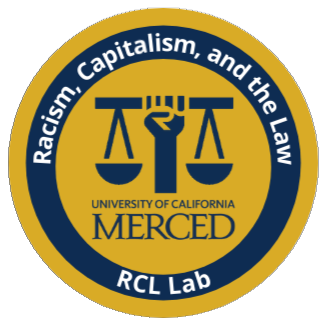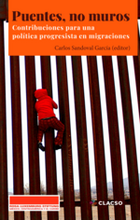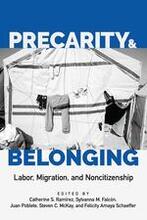Publications by Year: 2021
2021
Research on crime and neighborhood racial composition establishes that Black neighborhoods with high levels of violent crime will experience an increase in Black residents and concentrated disadvantage—due to the constrained housing choices Black people face. Some studies on the relationship between gentrification and crime, however, show that high-crime neighborhoods can experience reinvestment as well as displacement of Black residents. In Washington, DC, we have seen both trends—concentration of poverty and segregation as well as racial turnover and reinvestment. We employ a spatial analysis using a merged data set including crime data, Census data, and American Community Survey (ACS) data to analyze the relationship between crime and neighborhood change at the Census tract level. Our findings demonstrate the importance of distinguishing between periods of neighborhood decline and ascent, between the effects of property and violent crime, and between racial change and socioeconomic change.
Research on the impacts of incarceration and deportation describes the negative consequences for children and young people. But how these events impact adults and members of extended families has not been broadly considered. And no study has directly compared incarceration with deportation. The study described in this essay, based on interviews with 111 adult individuals with a family member deported (57) or incarcerated (54), reveals how these experiences have long-lasting emotional and financial impacts and considers the similarities and differences between incarceration and deportation. The deportation or incarceration of parents is devastating; yet the absence of other relatives such as sons, sisters, brothers, aunts, cousins, grandchildren, and other household members also translates into severe sentimental and economic hardships not only for the immediate but also for the extended family.
Citizenship rights are often unevenly allocated—sometimes by design and sometimes not. Even when citizenship rights are evenly allocated on paper, these rights are often unevenly distributed in practice, with some people experiencing full citizenship and others lesser forms of citizenship. Citizenship is both inclusionary and exclusionary. Through its inclusionary aspects, citizenship is the foundation of a democratic society. Through its exclusionary aspects, citizenship produces denizens, undocumented populations, and other precarious individuals who are excluded from the polity and denied the right to shape their environment via voting and running for office. When people cross borders without following the host country’s legal process, they often become labeled “illegal.” Illegality, however, is a racialized category that sticks to some people more than others. Immigrants labeled as illegal experience not only the denial of rights but also enhanced vulnerability. Citizenship, illegality, and legality are constructed in different ways across time and space. These socially and legally constructed categories have significant consequences for people’s lives.
In W.E.B. Du Bois’ Souls of Black Folk, he argued that the problem of the 20th century in the United States was the problem of the color line. Given that de facto and explicit racial discrimination persist, anti-immigrant rhetoric is intensifying, and legal status has become more salient, we argue Du Boisian theory remains relevant for understanding social and political cleavages in the 21st century United States. The intersection of race, ethnicity, and legal status or “racialized legal status” represents a new variation of Du Bois’ “color line,” due to how these statuses generate cumulative disadvantages and exclusion for citizens and immigrants of color, particularly the undocumented. We begin with a review of Du Bois’ double consciousness theory, highlighting the marginalization of African Americans. Next, we apply double consciousness to the 21st century U.S. context to empirically demonstrate parallels between 20th century African Americans and the marginalization faced today by people of color. We close with a discussion about how double consciousness enhances our understanding of citizenship and has also generated agency for people of color fighting for socio-political inclusion in the contemporary United States.
Race and Racisms: A Critical Approach, Third Edition, engages students in significant—and timely—questions related to racial dynamics in the U.S. and around the world. Written in accessible, straightforward language, the book discusses and critically analyzes cutting-edge scholarship in the field. Organized into topics and concepts rather than discrete racial groups, the text addresses: * How and when the idea of race was created and developed* How structural racism has worked historically to reproduce inequality* How we have a society rampant with racial inequality though most people do not consider themselves to be racist* How race, class, and gender work together to create inequality and identities* How immigration policy in the United States has been racialized* How racial justice could be imagined and realized Centrally focused on racial dynamics, Race and Racisms, Third Edition, incorporates an intersectional perspective, discussing the intersections of racism, patriarchy, and capitalism.





